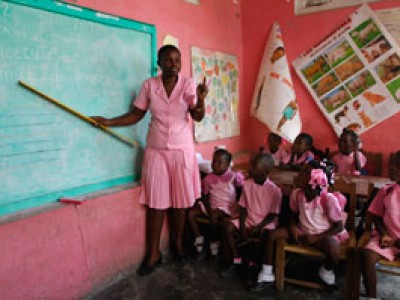
How Do We Teach the Children in Our Programs?
Our holistic child development model is central to our mission of releasing children from poverty in Jesus’ name. And the curriculum standards we have put in place in all of our programs are key to achieving this goal. We have created a global curriculum to help develop children holistically—physically, spiritually, cognitively and socio-emotionally. It is designed to be nonacademic, similar to an after-school enrichment program. For example, instead of learning math, children learn how to apply mathematical skills.
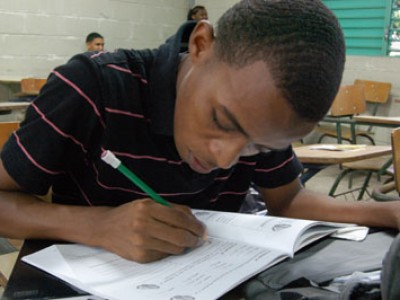
What Do Children Do After They Graduate From Our Sponsorship Program?
One of the goals for our Child Sponsorship Program is for every child to successfully graduate with faith in Christ and the necessary life skills to become self-sufficient. Onidis’ story reflects the importance of the Child Sponsorship Program, even for the youth who don’t move on to our Leadership Development Program.
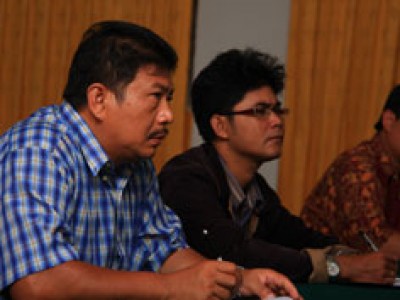
How Valuable Is a Little Encouragement in a Person’s Life?
Now a successful man who owns a large egg-selling business, Wolly Towoliu was once known as a little boy who had a very bad attitude. Wolly liked to hit his friends, sometimes even with stones. His mother once even said, “It would be better if you just went to the forest. I can’t stand any more of your attitude.”
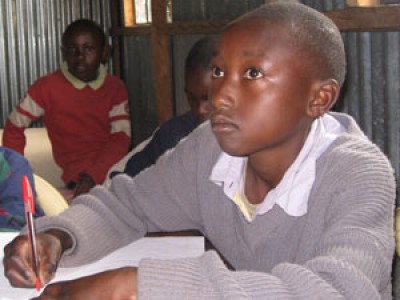
How is Our Child Sponsorship Program Different Than “Regular” Schooling?
Many sponsors have the misconception that Compassion runs schools. We do not. However, we do facilitate a holistic child development program that complements and supplements the school systems in the countries we work in.
Most children we serve attend government schools; however, some of our church partners do run their own schools. These schools are not affiliated with Compassion, but are the property of the church partners. In these circumstances, we run our own program parallel to what takes place in the school. This way, the children benefit from both the school activities as well as the sponsorship program.
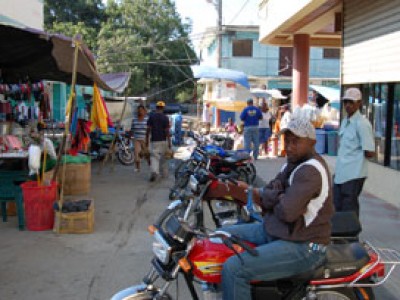
Life in the Southwestern Region of the Dominican Republic
The Dominican Republic is divided into 31 provinces; nine are in the southwestern region of the country: San Cristóbal, San José de Ocoa, Azua, San Juan, Elias Piña, Barahona, Baoruco, Independencia and Pedernales.
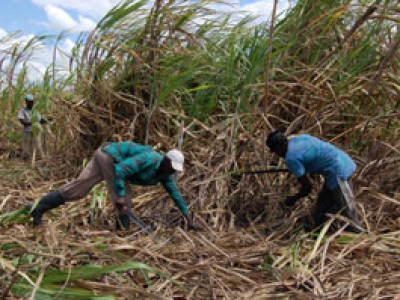
Life in the Southeastern Region of the Dominican Republic
The Dominican Republic is divided into 31 provinces. Eight are in the southeastern region of the country: Distrito Nacional, El Seibo, Hato Mayor, La Altagracia, La Romana, Monte Plata, San Pedro de Macoris and Santo Domingo.
Nine Consecutive Four-Star Ratings From Charity Navigator
“Only one percent of the charities we rate have received at least nine consecutive four-star evaluations, indicating that Compassion International consistently executes its mission in a fiscally responsible way, and outperforms most other charities in America,” said Charity Navigator President and CEO Ken Berger. “This ‘exceptional’ designation from Charity Navigator differentiates Compassion International from its peers and demonstrates to the public it is worthy of their trust.”
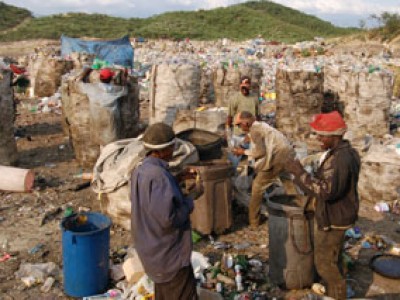
Life in the Northwest Region of the Dominican Republic
The Dominican Republic is divided into 31 provinces; 14 are in the northwestern region of the country: Dajabón, Duarte, Espaillat, Hermanas Mirabal, La Vega, María Trinidad Sánchez, Monseñor Nouel, Montecristi, Puerto Plata, Samaná, Sánchez Ramírez, Santiago, Santiago Rodríguez and Valverde.
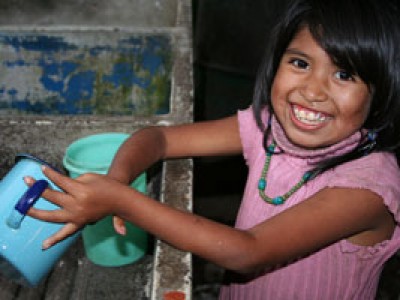
Providing an Inheritance to Children in Poverty
Mariana’s mother gathers the family around her at night to read a portion of the Bible and to pray together. She knows this is the best inheritance she could leave her children.
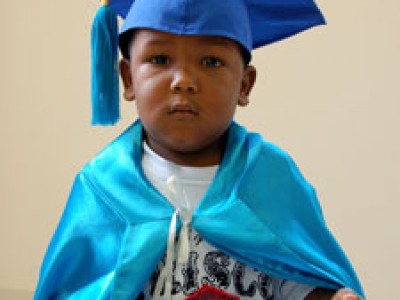
Is It Safe to Challenge the Status Quo?
Challenge is an aggressive word. It suggests victory … or loss. It implies a struggle and change, possibly forced change. Change creates uncertainty for people. And uncertainty breeds worry and fear.
Asking people questions about what they believe and why they believe it is challenging. It’s often deemed unacceptable. People feel threatened and get defensive. It’s uncomfortable. Should we do it?
Actions Have Consequences
Our ability to take ownership of our actions is a necessary skill in escaping any strain of poverty – physical, emotional or spiritual. Actions have consequences. It’s something God tried to show us through Adam and Eve.
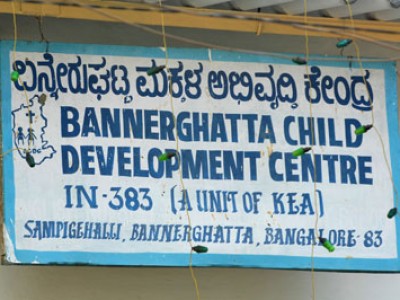
Compassion International Is Not a Child Sponsorship Organization
If you find yourself calling Compassion a child sponsorship organization I have news for you. We are not a child sponsorship organization. We are a child development organization.
And child development isn’t just child sponsorship.


